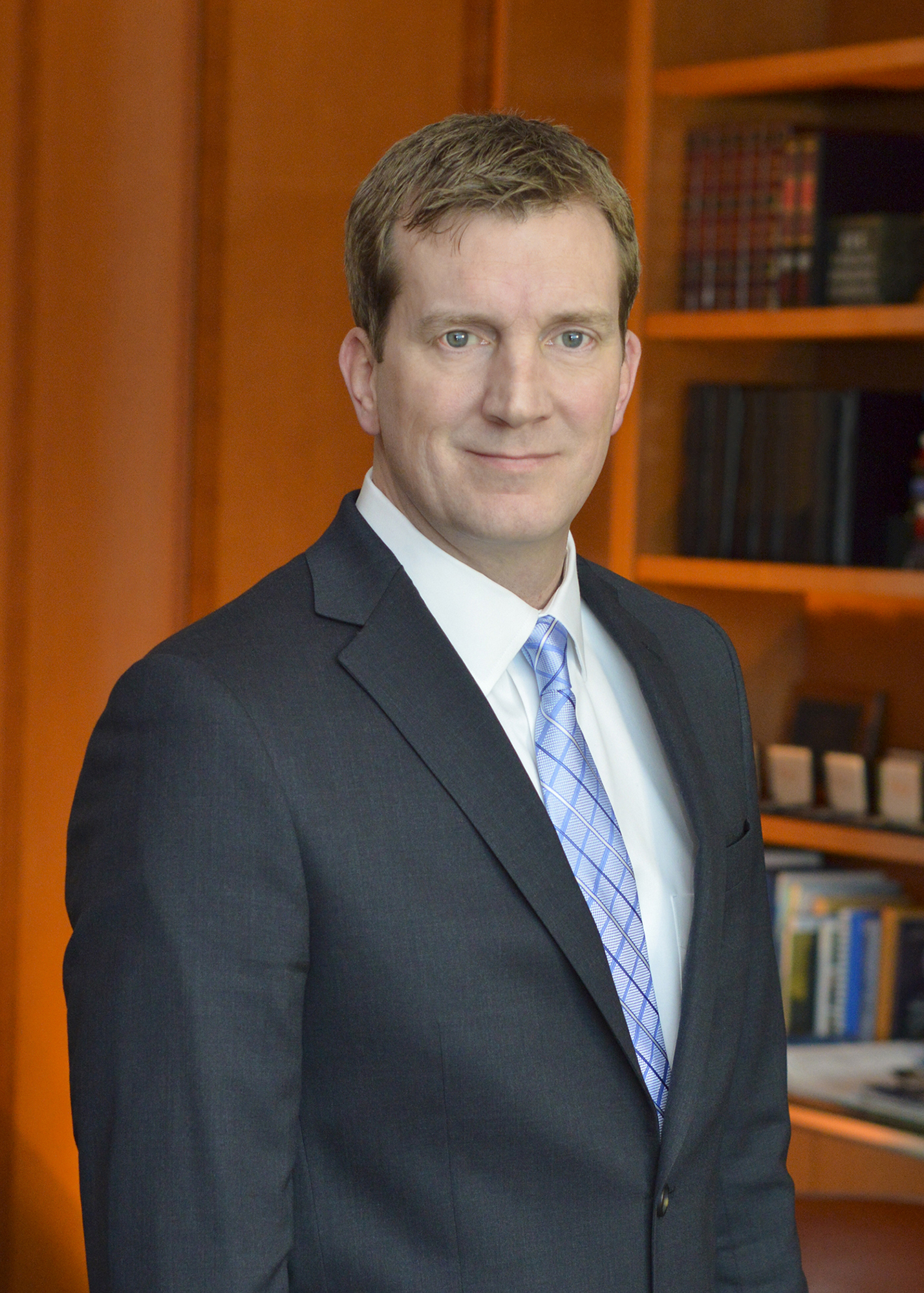
Brandon M. Nelson, Senior Portfolio Manager, is responsible for the portfolio management of Calamos Investments LLC’s small- and smid-cap growth strategies.
He draws upon more than 22 years of experience in small- and smid-cap growth equity investing, utilizing the same philosophy and process employed by Calamos Timpani Small Cap Growth Fund (MUTF:CTSIX) today.
He is also a member of the Calamos investment committee, which is charged with providing a top-down framework, maintaining oversight of risk and performance metrics, and evaluating investment process.
Mr. Nelson joined Calamos Investments following its 2019 acquisition of Timpani Capital Management, the company he co-founded in 2008, where he served as Chief Investment Officer and Portfolio Manager of the Timpani strategies since inception. Previously, he was a Managing Director and Senior Portfolio Manager at Wells Capital Management since 2005.
In this wide ranging 4,398 word interview, Mr. Nelson reveals his investing methods and the reasoning behind several of his current top picks.
“Our philosophy is to invest in companies with fundamental momentum. We seek companies with a sustainable and underestimated growth profile, and then, we overlay that approach with an unemotional, value-added sell discipline.
And the key is to find companies that have both sustainable growth and underestimated growth. One without the other can be OK, but both together tend to be much more powerful because valuation metrics usually expand when this happens.
To elaborate a little bit more, if you don’t mind, part of the reason why I think the process is successful and repeatable is because we’re exploiting some common behavioral errors that other investors and analysts make.”
This discipline leads to several sell signals for the portfolio.
“We sold a stock called Green Dot Corp. (NYSE:GDOT). We were seeing fatigue. We sold this in the March quarter; our average sale price was around $69. I think it’s a good example of a stock that we owned for a couple of years. It was in beat-and-raise mode for most of those quarters.
They were consistently showing strong growth, actually accelerating growth. For several quarters, they were exceeding analyst expectations, and the stock was a great performer for that year and a half to two years.
Beginning in the December quarter, we started to see fatigue show up in the fundamentals. ”
Get more insight into owning winners that Mr. Nelson has identified by reading the entire 4,398 word interview, only in the Wall Street Transcript.
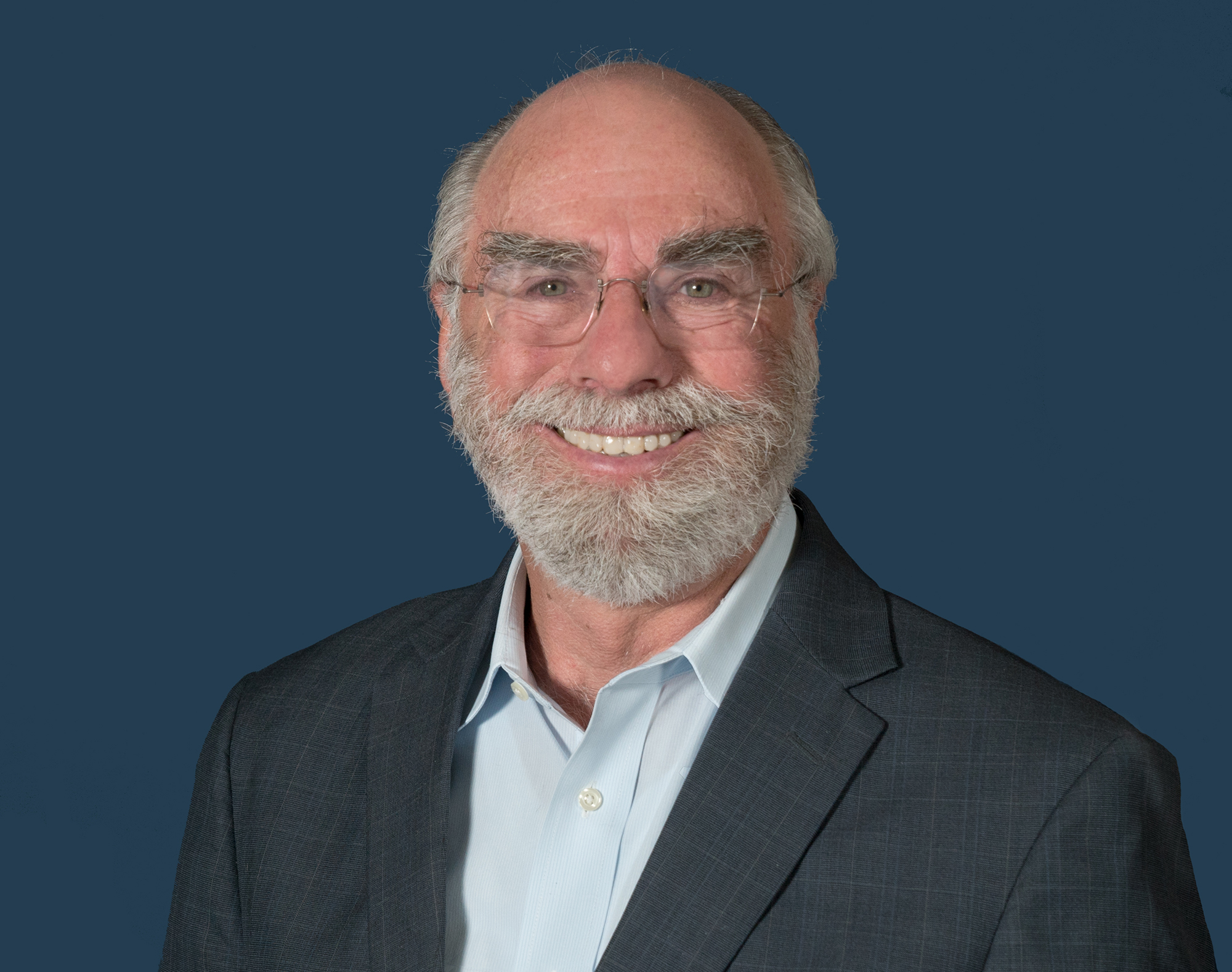
Stephen S. Smith founded Smith Group Asset Management, a Dallas-based investment management organization, in 1995, and serves as the company’s CEO and Chairman of the investment committee.
He began his career in the late 1960s as an engineer with NASA in the lunar landing program. Mr. Smith joined Wachovia Bank as a computer systems analyst in the mid-1970s and transitioned to the bank’s investment management division in order to help design and implement a portfolio management system.
He left Wachovia and joined what is now known as Bank of America in 1983. Mr. Smith held a number of senior investment positions at Bank of America until he departed in 1995 to found Smith Group.
In this 3,625 word interview, exclusively in the Wall Street Transcript, Mr. Smith details his portfolio management methodology and top picks for 2019.
“Right now, we have seven portfolio managers; I’ve personally been involved in hiring all of them, and the qualities that I look for in identifying portfolio managers are, number one, they have to think like an engineer.
They have to be problem-solvers. It doesn’t mean they have to have an engineering degree, but they must think like an engineer, know how to use a scientific method to identify and solve problems.
The second thing I require is that the members of our portfolio management team have to have the proper training in order to be able to analyze the companies that will go into the portfolio and the right kind of training to manage the risk of our portfolios.
The Chartered Financial Analyst, or CFA, program is very good at training us to do that; I got my CFA charter back in 1981, and I require every member of the portfolio management team to either have the CFA charter or have a CPA, and that’s a requirement of all seven of us.
And the last thing that I require is that the members of the team must be team players.”
The team is currently cautious on high value, large cap tech stocks:
“I’ve had a long enough career that I saw a moat around Polaroid and IBM (NYSE:IBM) and Eastman Kodak(NYSE:KODK); they had dominant positions in their industry until they didn’t, and then when they didn’t, they had a long downward slide.
So although we do own Facebook (NASDAQ:FB), and we own Google (NASDAQ:GOOG), we don’t own them at the level that the benchmarks do.
And it does appear that some of the FAANGs, especially Amazon with valuation levels that are off the charts, seem to be pricing in expectations that are way better than they could ever achieve.
So we like bread-and-butter technology, consumer discretionary and are especially concerned by the megacap technology companies that dominate the growth benchmarks.”
Get the complete list of the stocks that make this cut by reading the entire 3,625 word interview, exclusively in the Wall Street Transcript.

Joel D. Hirsh, CFA, is a Principal, Portfolio Manager and Co-Chief Investment Officer at Kovitz Investment Group. He is responsible for leading the firm’s equity research process as well as developing portfolio construction for KIG’s Core Equity and Hedged Equity strategies. Kovitz subadvises Absolute Capital Opportunities Fund (MUTF:CAPOX) for which Mr. Hirsh is a co-portfolio manager.
In this 3,279 word interview exclusively with the Wall Street Transcript, this highly successful portfolio manager reveals the reasoning behind his top picks:
“What’s interesting about Quanta is they grew mostly through M&A to be of a size that they are significantly better positioned than the companies they compete with. And as the company has evolved, they’re pretty well misunderstood.
They had a couple of years where earnings were not smooth because large transmission projects got delayed for regulatory purposes, but the base business continued to grow very nicely. And at this point, we estimate that 80% of their earnings is base business, and that is a very high-quality recurring type of business.”
The portfolio manager identifies other stocks with the same potential to out-perform the market in the near term and the far term:
“They’re about double the size of Expedia (NASDAQ:EXPE). And it’s really an oligopoly between Booking and Expedia.
And they’ve been a very rational oligopoly in terms of competing for traffic. They primarily distinguish themselves by the number of rooms available, the number of alternative accommodations available and the ease of use of their app and online presence.
And so in our opinion, once you’re getting about half of your traffic organically, you’ve definitely arrived, and Booking definitely has. They’re generally considered by a wide margin the best operator in the space.”
Get the complete picture on these and other stocks in the portfolio by reading the entire 3,279 word interview exclusively with the Wall Street Transcript.
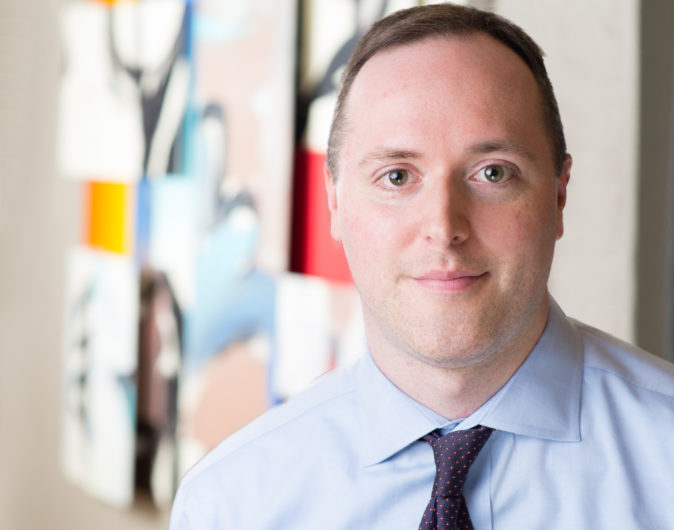

Ryan McIntyre, CFA, is a Portfolio Manager at Tocqueville Asset Management L.P. He serves as a Co-Portfolio Manager of the Tocqueville Gold Strategy as well as the Tocqueville Gold Fund. Additionally, he holds research responsibilities for other commodity-related investments.
He joined Tocqueville in 2008 and focuses on generating ideas and monitoring investments related to precious metals.
Prior to joining Tocqueville, Mr. McIntyre was an analyst and then associate focused on mergers and acquisitions in the metals and mining sector with Macquarie Bank.
Douglas B. Groh is a Portfolio Manager at Tocqueville Asset Management L.P. He joined Tocqueville in 2003, where he is a Co-Portfolio Manager of the Tocqueville Gold Fund.
Prior to joining Tocqueville, Mr. Groh was Director of Investment Research at Grove Capital from 2001 to 2003 and from 1990 to 2001 held investment research and banking positions at J.P. Morgan, Merrill Lynch and ING Bank.
Mr. Groh began his career as a mining and precious metals analyst in 1985 at U.S. Global Investors.
In this 4,312 word interview, these two veteran gold investors explore where the top value is currently to be found in this interesting investment sector. Their analysis of several specific stocks is buttressed by an experienced valuation methodology:
“In the gold sector, numerous small companies are engaged just in exploration and resource discovery as their primary focus.
Their value proposition is identifying and discovering new gold deposits and then advancing the development of those deposits to a point where the economics of the resource justifies further advancement toward a construction and production decision.
The value-creating proposition for those companies is the discovery of new metal resources.
Then, there’s the segment of the sector where companies are focused primarily on developing those discoveries that might have been made by other companies.
As those properties/projects are advanced and de-risked, the market tends to assign a higher value to those assets as milestones are reached.
And then finally, there are those companies that are operators and that produce precious metals and generate cash flow on a regular basis.
The reason I break out the precious metals mining sector into segments is because it’s very important for investors to recognize that those different segments of the market require a different analytical approach.
The explorers, the discovers, they’re identifying the economic value and geologic potential of the properties they are exploring/developing. So the analysis is really more of a geologic analysis and assessing the potential of the geology and related property.
That compares to the developers who are building mines. For them, the analysis is assessing the project’s economics in terms of its risks/returns and what the project’s sensitivities are, as well as looking at the project’s progress and the risks in terms of building that project.
For the larger companies, the operators and the producers, the analysis is more of a traditional security analysis and investment analysis approach, where there’s ongoing cash flow, there’s an established balance sheet, there’s an ongoing operation.
One uses the typical security analysis that is used to look at any other company: What’s their cash flow like, and what is the quality of that cash flow? What’s their balance sheet like? What’s their future look like in terms of the proposition that they’re presenting to investors?”
One example of a stock the pair of investors discuss is located in Nevada:
“We got involved in Corvus when it was spun out of another company at about C$0.80 per share, and there were fewer shares outstanding at the time, giving it a market cap at the time of about C$35 million.
The market cap has gone from roughly, say, C$35 million to C$235 million, so almost a sevenfold increase, while shares outstanding have increased only about 2.7 times as they financed their activities.”
Get the complete detail by reading the entire 4,312 word interview with these two veteran gold investment professionals, only in the Wall Street Transcript.

Brandon M. Nelson, Senior Portfolio Manager, is responsible for the portfolio management of Calamos Investments LLC’s small- and smid-cap growth strategies. He draws upon more than 22 years of experience in small- and smid-cap growth equity investing, utilizing the same philosophy and process employed by Calamos Timpani Small Cap Growth Fund (MUTF:CTSIX) today.
He is also a member of the Calamos investment committee, which is charged with providing a top-down framework, maintaining oversight of risk and performance metrics, and evaluating investment process.
Mr. Nelson joined Calamos Investments following its 2019 acquisition of Timpani Capital Management, the company he co-founded in 2008, where he served as Chief Investment Officer and Portfolio Manager of the Timpani strategies since inception.
In his 4,398 word interview, exclusively in the Wall Street Transcript, Mr. Nelson describes one of his current top portfolio picks:
“I was just talking about gunfire detection; the stock I was referring to specifically is called ShotSpotter(NASDAQ:SSTI), and it’s a good example of a stock that has scored pretty well with how we think. It’s grown rapidly in recent quarters, and it’s generally exceeded analyst expectations. Like I said before, they sell gunfire detection technology, mostly to police departments throughout the United States.
As it turns out, about 80% of gunfire goes unreported. Police departments can use ShotSpotter’s technology to accurately identify the location of gunfire and, like I said, proactively send officers to the scene to try to resolve situations that might be hostile or to gather evidence and really just to show the community they’ve got their back and that they’re present.
It really helps with community relations.
If you think about our two key criteria — sustainable growth and underestimated growth — one thing we like about ShotSpotter is it’s being sold in about 100 U.S. cities today, but in theory, it could be used in closer to 1,500 U.S. cities.
That’s a lot of runway for them to have a sustainable growth profile, and so that’s very attractive to us. We want to find stocks where there’s a sort of open-ended situation like that where they can, at least theoretically, grow for many years going forward.”
Get more top picks from Mr. Nelson, as well as his detailed methodology, exclusively in his 4,398 word interview in the Wall Street Transcript.
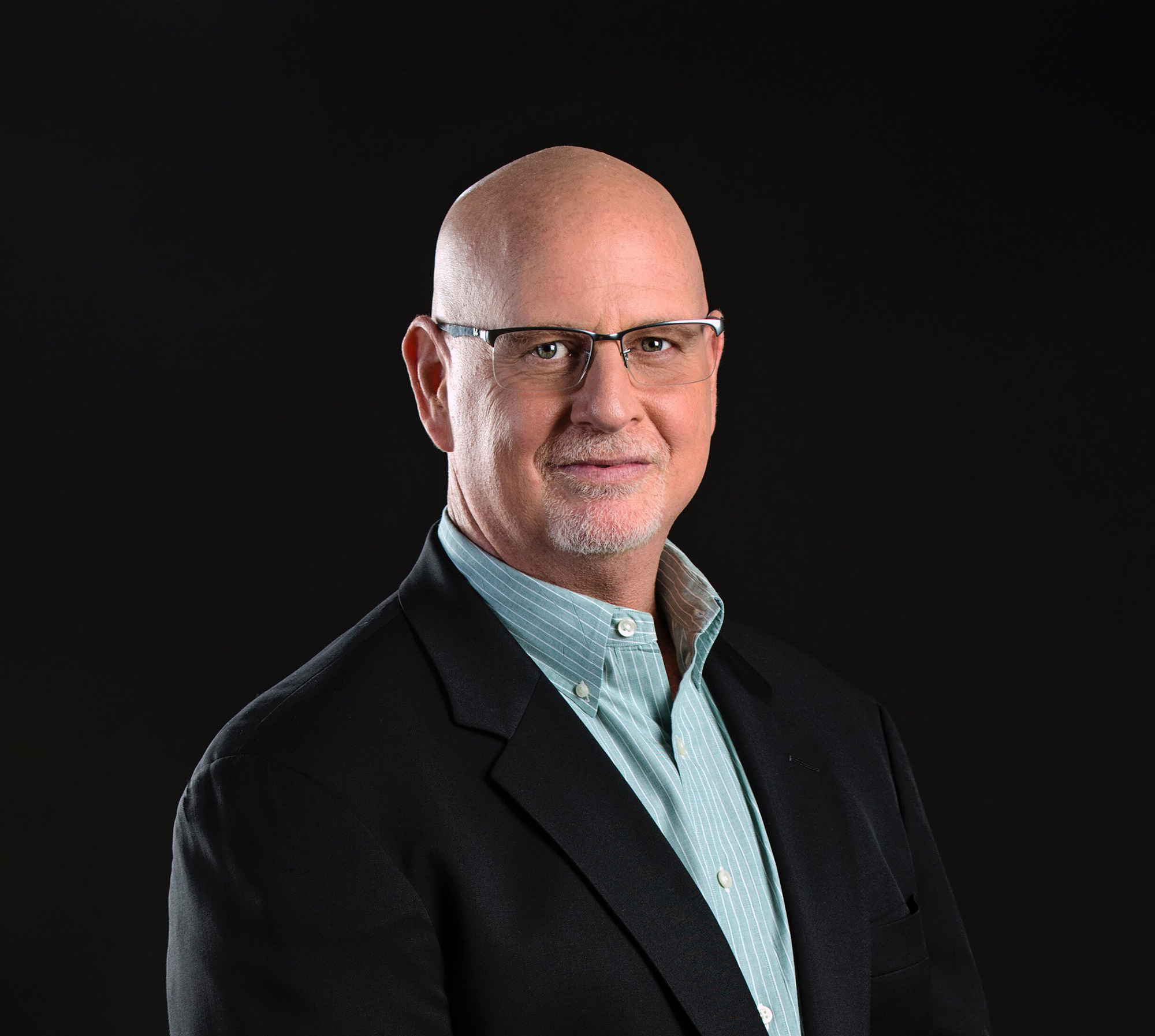
Todd Denkin is Founder, Chairman, CEO and President of Digipath, Inc. Since joining Digipath, Inc. in 2014, Mr. Denkin moved the company from a pure digital pathology solution provider into a leader in the medical and recreational cannabis testing market.
Digipath Labs’ Las Vegas cannabis testing facility is the number-one testing lab in Nevada. It has been operating since May 2015 and seen a steady increase in clients and revenues.
While maintaining the highest standard for cannabis testing, Mr. Denkin also focuses on expanding the business through licensing agreements and partnerships. This brings the reliability, experience and customer service Digipath Labs is known for to cannabis markets across the country.
Mr. Denkin’s career has been defined by foresight — the ability to spot and take advantage of emerging market trends and navigate new companies into lucrative markets.
In this 3,926 word interview, exclusively with the Wall Street Transcript, Mr. Denkin reveals the strategy for this supplier to the cannabis industry.
“Thanks to the use of recreational cannabis being legally allowed here in Nevada two years ago now, the market has expanded tremendously.
They just released numbers for March of this year, and it was a $59 million month and $11 million more than it was the previous month, and that was all based on recreational cannabis. In fact, the medical numbers are down about $800,000 for the month, but Nevada is spending $1.9 million a day on cannabis products.
It is growing at a rate of about 20% per year. That has definitely increased our sample flow.
There have been expansions done with various cultivators and producers and lots of merging. Lots of big companies are coming into Las Vegas and spending millions and millions of dollars to buy up cultivations, productions and dispensaries.
Everybody is expanding, and everybody wants to service the demand for cannabis products in Nevada.”
“The chief competition is really the 11 other labs that I compete with for samples. How we distinguish ourselves is really through the work of our Chief Science Officer, Dr. Cindy Orser.
She is a big brain in this industry, and she has made lots of discoveries.
She is a serious scientist with 30 years of experience both academically and at the bench.
We offer a 72-hour turnaround time, which is crucial for most producers. A lot of the other labs take five to 10 days to return results, but we think it is very important to get those results back to the customer as soon as possible. We have a very high-capacity lab. We use all Agilent equipment, and that allows us to really keep sample flow going. We can take on really any job necessary.”
Get the complete detail on this company and its prospects, only in this 3,926 word interview, exclusively with the Wall Street Transcript,
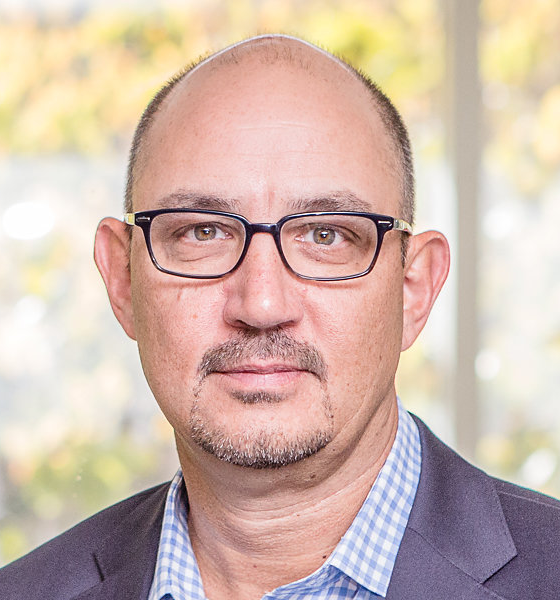
Francis R. Amato is Chief Executive Officer of electroCore, Inc. Prior to being the Chief Executive Officer and joining electroCore in 2012, Mr. Amato spent 22 years in the pharmaceutical industry, most recently at Merck, where he served as Vice President of the Specialty Commercial Operations Group within Global Human Health. Mr. Amato has extensive commercial experience in health care, serving previously as Executive Director, Global Business Operations at Schering-Plough; Business Unit Lead, Oncology at Ligand Pharmaceuticals; National Sales Director, Specialty Managed Markets at Pfizer Inc.; and National Sales Director, Hospitals at Pharmacia Corporation.
In this 3,389 word interview, exclusively in the Wall Street Transcript, Mr. Amato makes a case for his medical device company with investors:
“We are dedicated to improving patient outcomes through patient-administered noninvasive vagus nerve stimulation — nVNS — therapy as provided by the gammaCore device that is placed on either side of your neck, next to your trachea. You stimulate the nerve for two minutes at a time. When you say direct competition, we look at our primary competition being medication.”
The global business development of electroCore is being managed directly by the company:
“In Europe, basically, you can get your CE mark first, then you run your clinical and pivotal studies, and then you apply for reimbursement in the single-payer health care systems.
Whereas in the United States, you go to the FDA, get an agreement, or what is called an IDE — investigational device exemption — to run a study, and then you take that data, bring it back to the FDA, and they consider your therapy for approval.
Once you get that approval, then you can go out and start to petition the commercial health care and the government-covered health care in the United States for reimbursement. That is the big difference between the two systems there.
You can get a CE mark pretty easily if your therapy is safe. A lot of companies do that for the purposes of running their clinical trials. It is really a clinical trial strategy more than anything else.”
See what comes next for electroCore under Mr. Amato’s guidance in the complete 3,389 word interview, exclusively in the Wall Street Transcript.
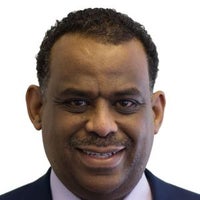
Lishan Aklog, M.D., has been Chairman and Chief Executive Officer of PAVmed Inc. since its inception.
Dr. Aklog previously served as Chairman and Chief Technology Officer of Vortex Medical Inc., a PHG portfolio company, from its inception in 2008 until its acquisition in October 2012 by AngioDynamics Inc. (NASDAQ:ANGO) for $55 million.
Dr. Aklog is an inventor on 13 issued patents and over 30 patent applications, including the core patents of Vortex Medical’s AngioVac system and the patents for a majority of the company’s products.
In this exclusive 6,174 word interview, only in the Wall Street Transcript, Dr. Aklog details the current status of his company’s products and details the investment scenario for his company.
“Assuming that goes well, we will be in a position to have it cleared by the FDA and to be ready for marketing by the end of this calendar year.
The market opportunity for this is massive. If you take the 600,000 patients who undergo surgery every year now, based on an estimated average sales price driven by reimbursement profiles from ambulatory surgery centers and surgeons who perform this procedure, that gets you right to a $1 billion market opportunity range.
That is immediately addressable. There is also a broader market opportunity for those 1 million to 1.5 million patients who are deferring surgery who we believe would stop suffering in silence and seek a treatment for this condition if it was offered as something with less invasiveness.”
Dr. Aklog’s company has other devices being developed:
“The patient swallows the capsule. The operator, in this case, is the nurse, and he or she helps it along to the stomach.
There is a balloon within the capsule that is inflated, and as it is withdrawn, the operator can sample the cells of the lower esophagus. A key differentiating aspect to this, relative to anything that currently exists, is that when you deflate the balloon, it pulls the cells into the capsule and protects them.
So for the rest of the way out as it moves through the esophagus, there is no contamination with or dilution from other cells. You are really getting an optimal sample.”
Get the full details on this and several other treatments bny reading the entire 6,174 word interview in the Wall Steet Transcript today.
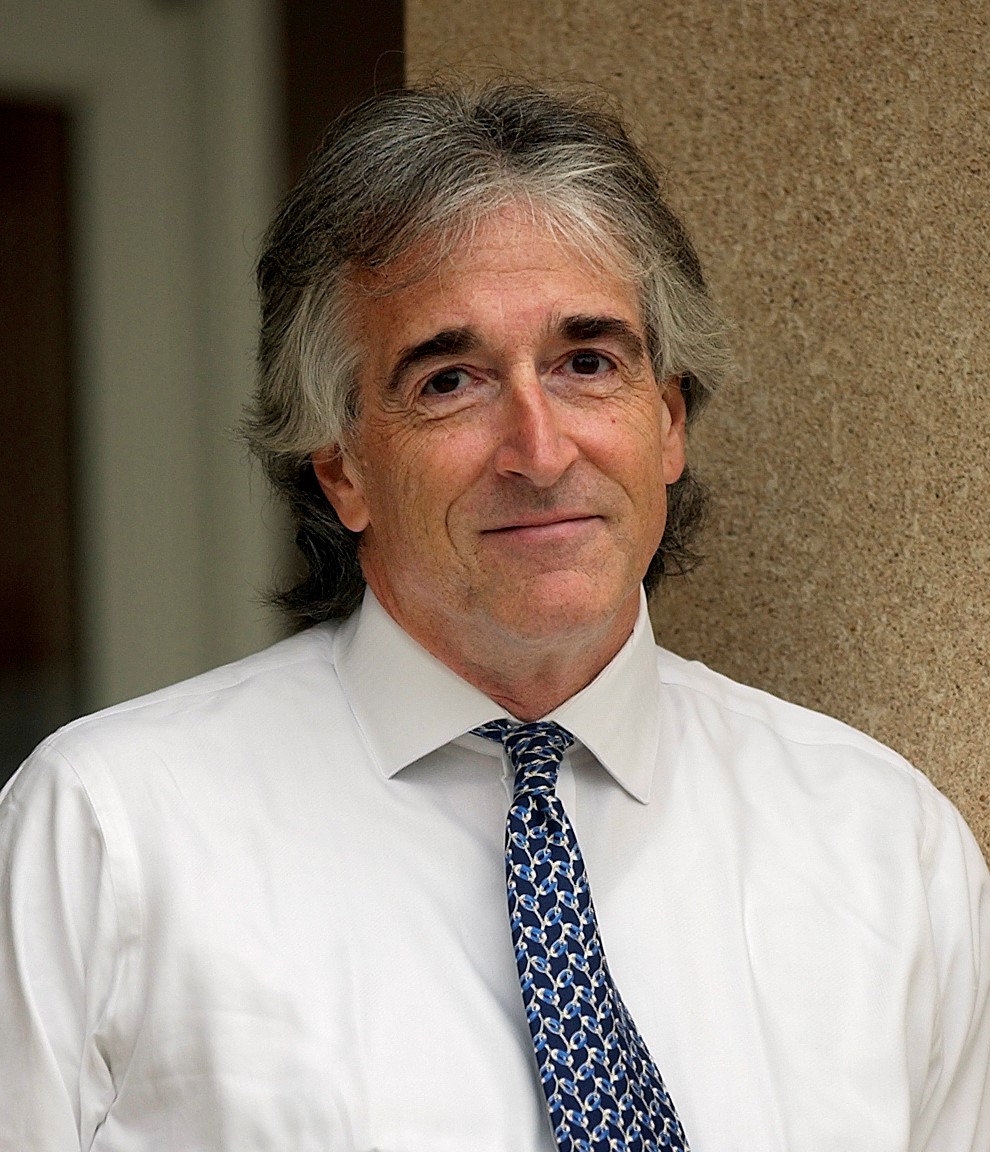
Timothy C. Rodell, M.D., FCCP, is Interim Chief Executive Officer and Director of Aethlon Medical, Inc. Dr. Rodell joined Aethlon in December 2018 as Interim Chief Executive Officer.
Previously, he was President, Chief Executive Officer and a member of the board of directors of GlobeImmune, Inc. from 2002 until 2016 prior to a majority acquisition of the company. He remains a member of the GlobeImmune board of directors.
During his over 30-year career in the biopharma industry, Dr. Rodell has built a wealth of experience in global product development, operations and financing, including raising over $300 million in domestic and foreign private and public financings.
At GlobeImmune, Dr. Rodell led the company through the advancement of five products from the bench into human clinical trials and closed multiple financings, including an IPO and the establishment of two major corporate alliances. Prior to GlobeImmune, Dr. Rodell was President and Chief Executive Officer at RxKinetix, Inc. and has held senior management positions at OXIS International, Inc. and Cortech, Inc.
In this 3,949 word exclusive interview with the Wall Street Transcript, Dr. Rodell reveals the current situation at Aethlon and explains his strategy for increasing investor returns in the company.
“…The most important thing they do, from our perspective at Aethlon, is that they are profoundly immunosuppressive. They block our normal immune system response to tumor cells. Our immune system is capable of recognizing tumor cells in the same way it recognizes bacteria and viruses.
Tumors have generated multiple different mechanisms of suppressing the tumor immune response. One of the places that we are looking to use the Hemopurifier is to remove those immunosuppressive exosomes to make therapies that use the immune system more effective.
There are a number of therapies I am talking about, but some of the most important ones are the so-called checkpoint inhibitors. These are the molecules that actually unleash the immune system.
For diseases like melanoma and lung cancer and a number of others, this therapy has shown a remarkable ability to control the tumor and allow patients to live, in some cases, years with very advanced disease.
What is striking about those agents, such as pembrolizumab and nivolumab, in patients who respond, the impact can be miraculous. Unfortunately, 70% to 80% of patients do not respond to therapy at all.
Our hypothesis is that if we can use the Hemopurifier to remove those immunosuppressive exosomes that have been shown in multiple labs to block the efficacy of those checkpoint inhibitors, then we will be able to increase the percentage of patients who respond and potentially extend the duration of those responses.”
Read the entire 3,949 word interview with the Aethlon Medical CEO, Dr. Rodell.
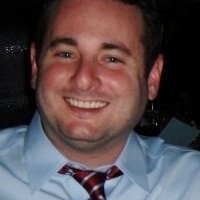
Matthew Mishan, CFA, is Vice President, Equity Research Analyst at KeyBanc Capital Markets Inc. — KBCM. His research coverage is focused on medical products.
Prior to his promotion to Senior Analyst, Mr. Mishan worked in equity research product management for KBCM. Before that, he was a research associate on KBCM’s automotive team for several years.
In this exclusive 2,963 word interview, exclusively in the Wall Street Transcript, Mr. Mishan details his view on the investment opportunities in the medical technology sector.
“You have developed markets, including a U.S., European and Japanese base of revenue, as well as companies that are really building up their emerging markets’ infrastructures.
Despite what we have seen in some of the global slowdown and the Brexit-related questions, we have not seen any kind of real change to demand coming out of Europe or the emerging markets.
While some industrial companies have seen a purchasing slowdown, we have not seen the buildout of health care infrastructure delayed in the emerging markets and China in particular.
It is just a priority for those countries to build out their health care infrastructure. If there is going to be a gigantic trade war about to break out, health care might be the very last front to get touched.”
Mr. Mishan explores the opportunity presented by one his favorite stocks:
“My favorite name is still Avanos. The rationale behind Avanos as a medical device company is that it was originally part of Kimberly-Clark (NYSE:KMB) and spun out as an entity called Halyard Health that had two pieces to it.
It had a high growth, high margin medical device piece and then also $1 billion in sales of lower margin commodity items like surgical gowns, gloves and all of the everyday stuff that you would see in the hospital.
They sold to a distributor, Owens & Minor (NYSE:OMI), the low margin commodity-oriented medical supplies business. They are now left as a smaller device business.
It is going to take some time for them to realize their value as the divestment left them with a lot of stranded costs, but when you look at what the company and its building blocks are, you have high market share positions and good growth opportunities with high margins.”
Get the complete detail on Avanos and many other stocks by reading the entire 2,963 word interview, only in the Wall Street Transcript.